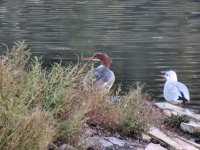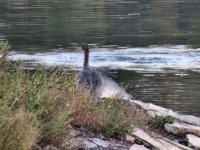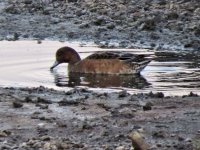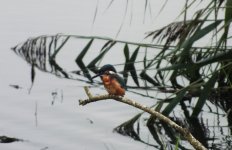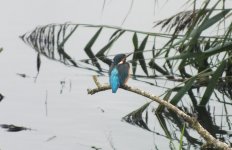Phil Andrews
It's only Rock and Roller but I like it

Talking about little black books, the following entry was in Arthur's note book for 27th August 1977. He did offer an identification but I thought I would see what the collective wisdom here is first before revealing:
"3 brief views of warbler flying from topmost sprigs of hedge by Moors car park. Large, grey brown, white below, long bill and low forehead - call note sparrow like chirp. Much too grey for Reed. Bold and erect shape - not right for any acro"
I only had one taker for this on the ID thread who drew the conclusion of Melodious Warbler. Arthur himself wrote:
"Thought to be Icterine or Melodious - latter most likely"
I think that the call is probably the most telling factor in reaching this conclusion. There are NO accepted records of this species for Worcestershire (one each in Staffs and Warwicks).




